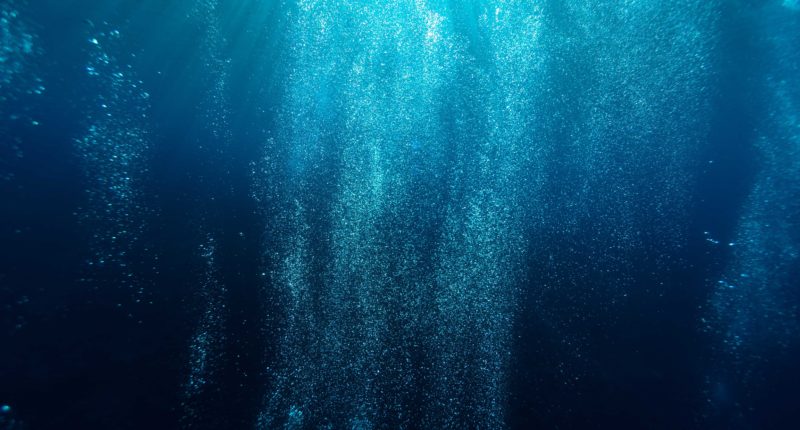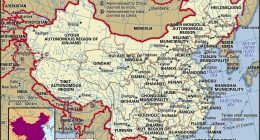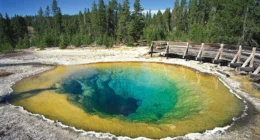Most have heard of the Mariana Trench, but few know its equally impressive rival in the Atlantic: the Puerto Rico Trench. With a maximum depth of 8,376 meters, it hosts the deepest place in its ocean. Though its dimensions are truly impressive, its seismic implications are of more concern, posing a great threat to neighboring islands.
The way that the Puerto Rico Trench formed by tectonic plates is rare. Trenches form at plate boundaries where one plate is forced beneath the other, creating a ditch. For this specific trench, there is relatively little overlap compared to the size of the plates involved, leaving the crust to mound upon itself near the surface. First, it’s important to understand what this process entails and how it happens.
Subduction occurs when tectonic plates collide. Imagine two sheets of paper side-by-side on a desk. As they slide towards each other, one will inevitably slip on top. The weight of this overlap pushes the second into the desk. Now, if you care to test it out, this experiment surely won’t spawn earthquakes and tsunamis in your office space, but keep in mind that tectonic plates are worlds more massive than paper.
Lowballing, a tectonic plate has a thickness of 100 kilometers and an area of one million kilometers squared. With a density of 2.8 grams per cubic centimeter, a small plate should easily have at least 0.28 sextillion kilograms of mass. An average sheet of paper only has five grams, meaning our experiment exhibits quintillion times less force.
Due to the much larger masses, subduction occurs slowly: around four centimeters annually. Over many years, the overriding plate forces the subducting place into the earth’s mantle where some of it becomes magma. This process builds up stress which tends to escape in the form of a seismic rupture. The overriding plate slips and releases gigantic amounts of energy into the surrounding terrain.
The Puerto Rico Trench is a product of oblique subduction, meaning that the heavier tectonic plate is forced beneath the lighter. A slight 15 to 30 degree angle is characteristic of oblique subduction. This leads to increased contact between the plates, greater friction and therefore greater tension. Such a formation is particularly concerning in regards to these seismic ruptures because of the escalation in stored energy.
Less of the subducting plate feeds into the mantle, accumulating beneath the crust. NASA claims that this area is so dense that it will disrupt navigational instruments on the surface along with warping the shape of the ocean. Generally speaking, this is very dangerous.
Since 2019, over 4,000 earthquakes have plagued Puerto Rico and the surrounding island nations. Most of these have been relatively tame, succeeding a magnitude 6.4 quake earlier in January 2019. Experts say that despite the frequency of seismic activity, the lack of recent intensity in earthquakes bodes poorly for the region.
The tectonic plates are due for a serious rupture projected to be near 8.0 in magnitude. Some compare this predicted episode to the tsunami that decimated countries in the Indian Ocean in 2004.
This event would be devastating, but public awareness is shockingly low in nearby islands. The Puerto Rican Seismic Society has been desperately using local media to warn the people over the past 30 years.
Needless to say, the Puerto Rico Trench has a huge global impact. More and more scientists turn towards and combat its seismic activity. Despite its lack of publicity, it is a worthy rival to the Mariana Trench on the other side of the world.










Comments are closed.